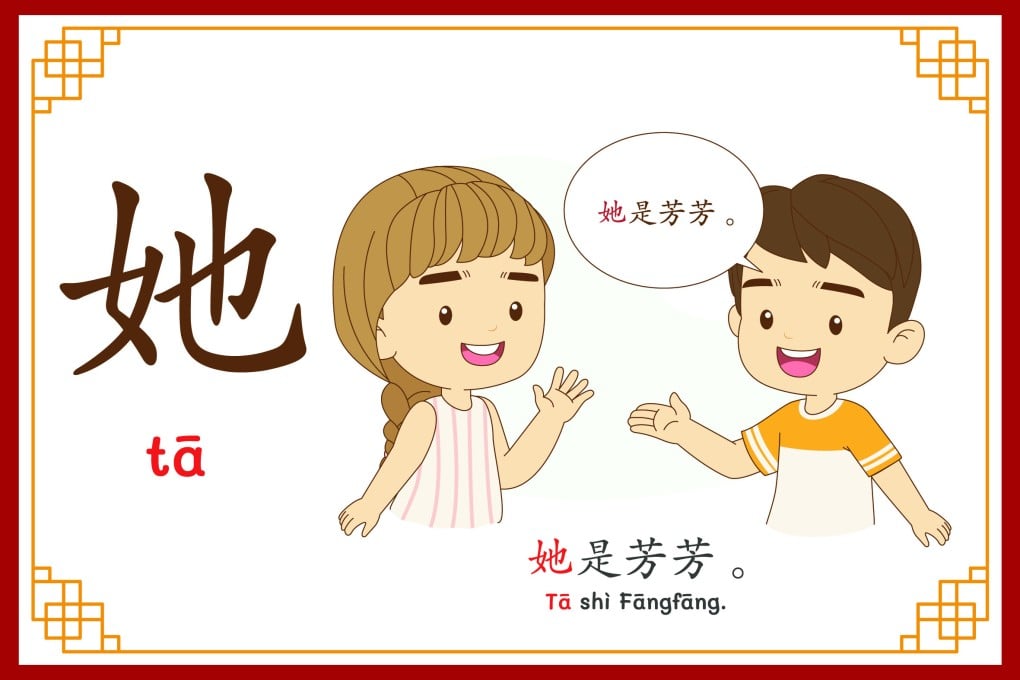Reflections | How non-binary Chinese people seeking a gender-neutral third-person pronoun for themselves are coming up with solutions, including a new Chinese character
- In modern standard Chinese, the third-person pronouns for ‘he’ and ‘she’ are both pronounced ‘tā’ – it is in written Chinese that gender specification becomes obvious
- A new Chinese character that features in it an ‘x’ is one of the ideas being floated for non-binary Chinese people

In many parts of the world, “What are your pronouns?” and “My pronouns are such-and-such” have become part of the questions to ask and things to say when people meet for the first time. Even in allegedly conservative Singapore, I was surprised to hear a few young people articulating non-binary pronouns and acknowledging gender nonconforming individuals.
Obviously, the de-gendering of “he/him” and “she/her” to “they/them” works only in an anglophone context. How do other languages, for example Chinese, negotiate the third-person pronouns for individuals who do not wish to be pigeonholed into the conventional genders of male and female?
In modern standard Chinese, the third-person pronouns for people are 他 (“he”) and 她 (“she”), both pronounced tā in Mandarin. Unlike he/him and she/her in English, spoken Mandarin does not identify the gender of the person because both pronouns sound exactly the same. It is in written Chinese that gender specification becomes obvious.
Many people, even the Chinese themselves, are not aware that gender-specific third-person pronouns in the Chinese language have only existed for about 100 years. Before the early 20th century, Chinese third-person pronouns were gender neutral.
There were over a dozen words that could refer to a third person (other than you and I) in archaic Chinese, but by the turn of the 20th century, the most common one was 他, which, like all personal pronouns at the time, was gender-free and could be used to refer to both male and female persons.
The May Fourth Movement in 1919, a seismic event in Chinese intellectual history, changed that. Among the outcomes of May Fourth were linguistic changes that gave form to the Chinese language that we use today. Liu Bannong (1891-1934), a Chinese poet, essayist and linguist who studied in London and Paris in the early 1920s, invented and promoted the use of the pronoun 她, which specifically identifies the female third person.

